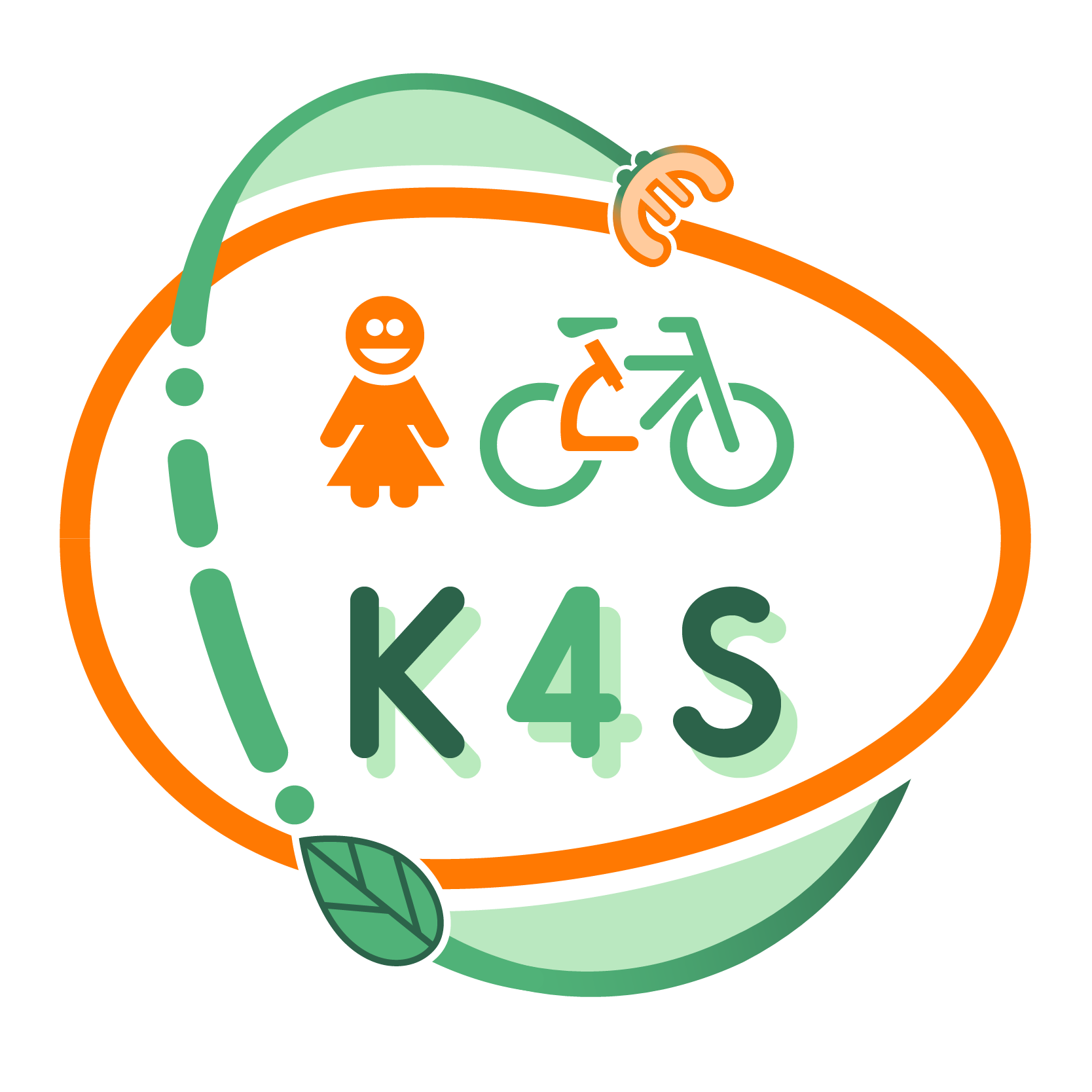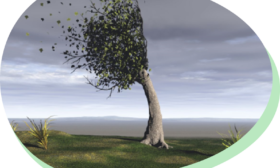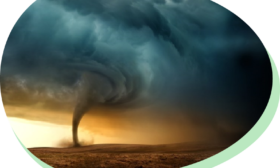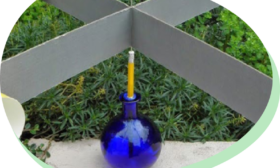LEARNING PATHWAY BASED ON SCIENTIFIC CONCEPTS
Wind – an ally or enemy?
Studying the role of wind in nature and human life
Overall aims:
- Understanding the role of wind in nature and human life;
- Exploring the chosen characteristics of wind: strength, direction, temperature;
- Recognizing different types of winds in nature;
- Explaining the concepts: anemochoria (seed dispersal), wind-pollinated (anemophilous plants), carminative (devices);
- Understanding the meaning of wind energy for sustainable economy.
Intended learning outcomes:
The child will be able to:
- Explain the role of wind in nature;
- Name selected types of winds (observable in his/ her environment), e.g. breeze, tornado, sand storm, hurricane, foehn (in mountains) etc.;
- Recognize selected wind-pollinated plants and their seeds;
- Observe the characteristics of seeds dispersed by wind;
- Construct simple instrument and/ or carminative device (kite, paper plane, wind bells etc.);
- Recognize the role of wind as a sustainable source of energy;
- Understand the harmful consequences of wind activity in natural environment and human life.
Evaluation:
Initial – Creating the mind-map: What do you know about the wind? What else would you like to know?
Ongoing – described in each resource
Final (according to the teacher’s choice)
- 7R observation method
- coming back to the concept created at the beginning of the learning path and summarizing: what have we learned about wind?
Pathway structure
Stage I – socio-cultural pillar
Investigating the wind features with senses. Explaining how the wind is formed, becoming more attentive to the wind features (strength, direction, temperature etc.), expressing the wind features with artistic means.
- What is wind and where does it come from?– Investigating the wind features with senses
Stage II – ecological, economical and socio-cultural pillars
Exploring the advantages and disadvantages of wind. Explaining the concept of anemochoria (the role of wind in dispersing the plants’ seeds) – recognizing the plants wind-pollinated and animal-pollinated. Creating tornado in a bottle (observing how the swirling funnel of water is created).
- It raises gliders, pushes sailing ships, turns windmills. Who is that? – Enriching knowledge about the harmful and useful role of wind in human life
- Anemochoria and anemophily– The role of wind in nature
Stage III – economical and socio-cultural pillars
How to measure the strength of the wind? Discovering wind turbine construction and possibilities to use wind power to produce sustainable energy; constructing a simple anemometer – understanding the the strength of the wind can be measured and used in sustainable economy. Building simple wind instrument (wind-bells).
- How to measure the strength of the wind? – Enriching knowledge about the wind. Constructing an anemometer








